If success is defined by the operation’s size, how can smaller fishers and aquaculture producers achieve an even playing field in U.S. fisheries?
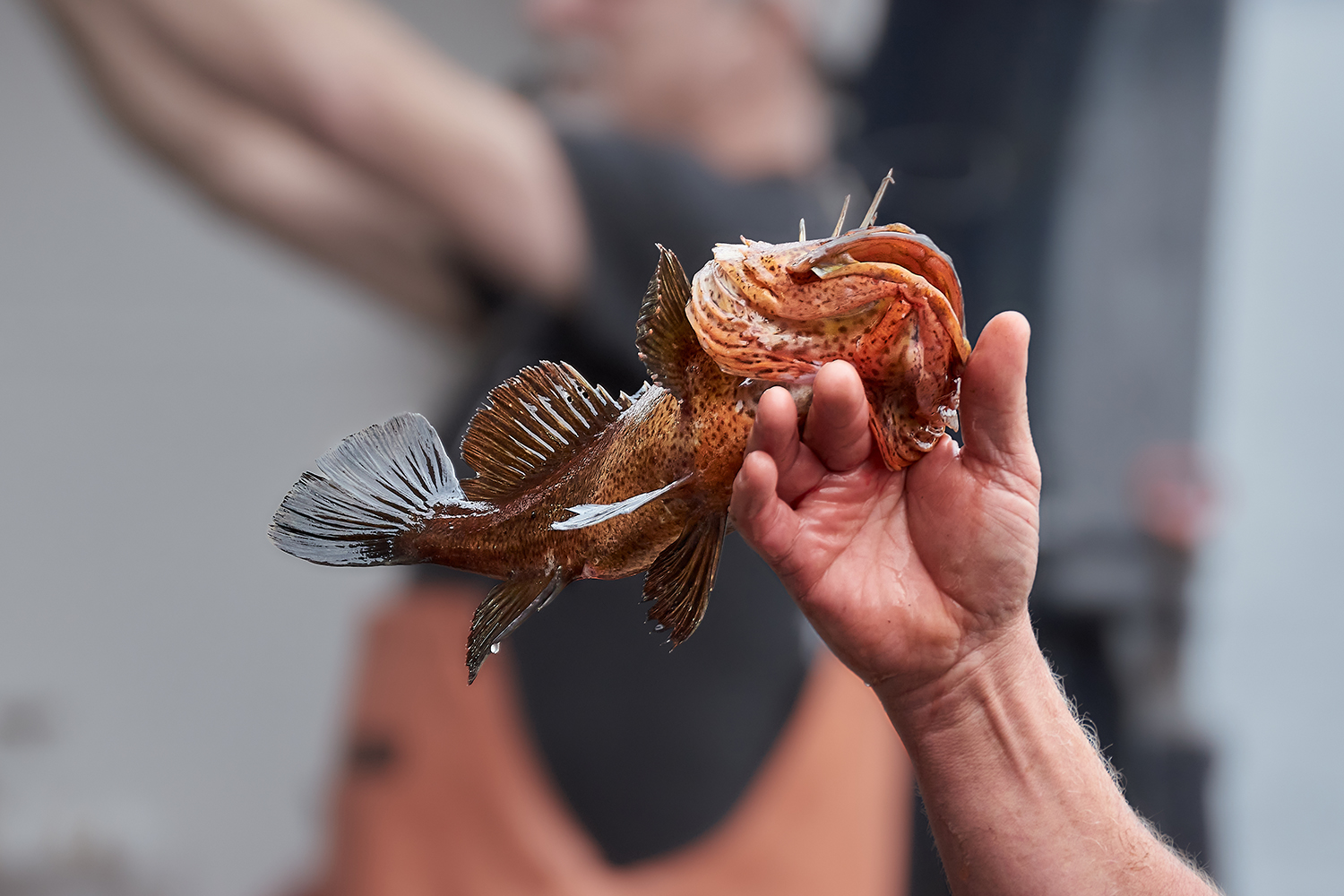
In support of its 14th Sustainable Development Goal – to conserve the ocean and its resources – the United Nations declared 2022 the International Year of Artisanal Fisheries and Aquaculture. The international body estimates that small- and medium-scale seafood operations provide 40 percent of the seafood consumed around the world, and at least some income to 492 million people, all while holding the potential to tread lightly on ocean health and biodiversity. With better access to science and assistance in building up value chains, markets and long-term business health, the rationale is that these smaller operations will be poised to address food security in their own communities as well as to boost ocean sustainability.
Although some governments are amenable to working in tandem on these sorts of goals, the United States has a checkered history when it comes to U.N. actions and treaties. For example, it never ratified 1982’s Law of the Sea – a legal framework governing all ocean-related activities that has been signed by at least 168 parties, including the European Union. The United States’ selective interest in U.N. pronouncements can be a cause for cynicism among some small-scale fishery and aquaculture advocates at NGOs and elsewhere.
Philip Howard, a professor of community sustainability at Michigan State University and member of the International Panel of Experts on Sustainable Food Systems, is critical of support from the federal government for corporate-dominated interests that “concentrate the benefits of aquaculture among investors [rather than] distributing the benefits widely,” he said. “Some corporations are already dominating these industries rather than actually feeding people…and they tend to get a lot of the attention. So there needs to be a shift, first to raise awareness but then to have much more policy support for smaller scale or artisanal production.”
Niaz Dorry, executive director of the National Family Farm Coalition and coordinating director of the North American Marine Alliance, points out that the United States has talked big about fighting illegal, unreported and unregulated (IUU) fishing — an important U.N. initiative.
“And they may have even done some stuff,” she said. “But it’s been a squeaky wheel when it comes to a real systemic approach. In the U.S., the definition of success is about size of operation: How much can you catch, how big is your boat, how much have you invested? As opposed to, are you really feeding people?”
It’s a proclivity that’s witnessed, too, at NOAA, whose embrace of privatization schemes makes fishing rights less accessible to the littler guys, she says.
Nevertheless, opportunities to achieve a better playing field for smaller American fishers and aquaculture producers do exist, and Dorry and others have long been fighting for — and incrementally achieving — improvements.
One example comes from the city of Boston where, in 2010, there was a push to include seafood at the Boston Local Food Festival. And yet, says Dorry, “Boston had a 70-plus-year-old ordinance that prohibited the sale of seafood on public property; it was mostly political, but the rationale was health regulations. We had to create a whole set of documents to demonstrate that we didn’t want to kill people.”
After a lot of hoop-jumping, Inspectional Services eventually did allow seafood to be sold at the festival. This led to a pilot program several years later in which farmers’ markets were (temporarily) opened up to local seafood. Only then, “After we worked to prove that this is not a public health hazard and people want to feed their own community, and we created regulations the city could adopt,” did the city move to make local seafood permanently legal for sale on public property.
We’re barely crawling yet. But we’ve accomplished a lot to undo centuries’ worth of bad policies and systems in a short span of time.
Other recent improvements sprang from the pandemic and the havoc it played on global supply chains. Dorry said that COVID-19 granted a unique opportunity to redefine economies of scale, as well as to change some onerous regulations that prevent small fisheries from competing even for local business.
“COVID hit and everything shut down and one small-scale fleet that stepped up was in Rhode Island,” Dorry said. It was suddenly given “access to various forms of infrastructure resources so they could do their own localized processing, aggregation, distribution.” Some of these fishermen also formed a cooperative called Fresh Harvest Kitchen that works with local land farmers to aggregate and distribute food.
“Small fisheries don’t have the marketing and transportation subsidies that a big trawler fleet has,” said Howard. “So when local and regional governments can help provide infrastructure not only for fish but other foods it benefits a lot of producers by making it easier for them to come together without so many legal barriers, so they can reach more people.”
There’s similar good work happening across the country. A push from the healthcare sector — which in the U.S. purchases some $13 billion worth of food and beverages per year — to buy regionalized food, including seafood, has laid the groundwork for the same at universities; that in turn has enabled local seafood to enter K-through-12 schools.
“By the time we got [to schools], the aggregation systems we needed were in place so fishermen were motivated to make the supply,” said Dorry.
Helping it all along have been grants from a somewhat unexpected quarter: The USDA, which Dorry says has begun providing small- and mid-scale seafood businesses with access to loans and grants.
“We’re barely crawling yet,” she said. “But we’ve accomplished a lot to undo centuries’ worth of bad policies and systems in a short span of time.”
Follow the Advocate on Twitter @GSA_Advocate
Now that you've reached the end of the article ...
… please consider supporting GSA’s mission to advance responsible seafood practices through education, advocacy and third-party assurances. The Advocate aims to document the evolution of responsible seafood practices and share the expansive knowledge of our vast network of contributors.
By becoming a Global Seafood Alliance member, you’re ensuring that all of the pre-competitive work we do through member benefits, resources and events can continue. Individual membership costs just $50 a year.
Not a GSA member? Join us.
Author
-

Lela Nargi
Lela Nargi is a Brooklyn, N.Y.-based veteran freelance journalist covering the food system, social justice issues, science/environment, and the places where those topics intersect for The Guardian, Civil Eats, City Monitor, JSTOR Daily, Sierra, Hakai, and Ensia, among other outlets; she’s currently contributing writer for The Counter. You can find her at lelanargi.com and on Twitter @LelaNargi.
Tagged With
Related Posts
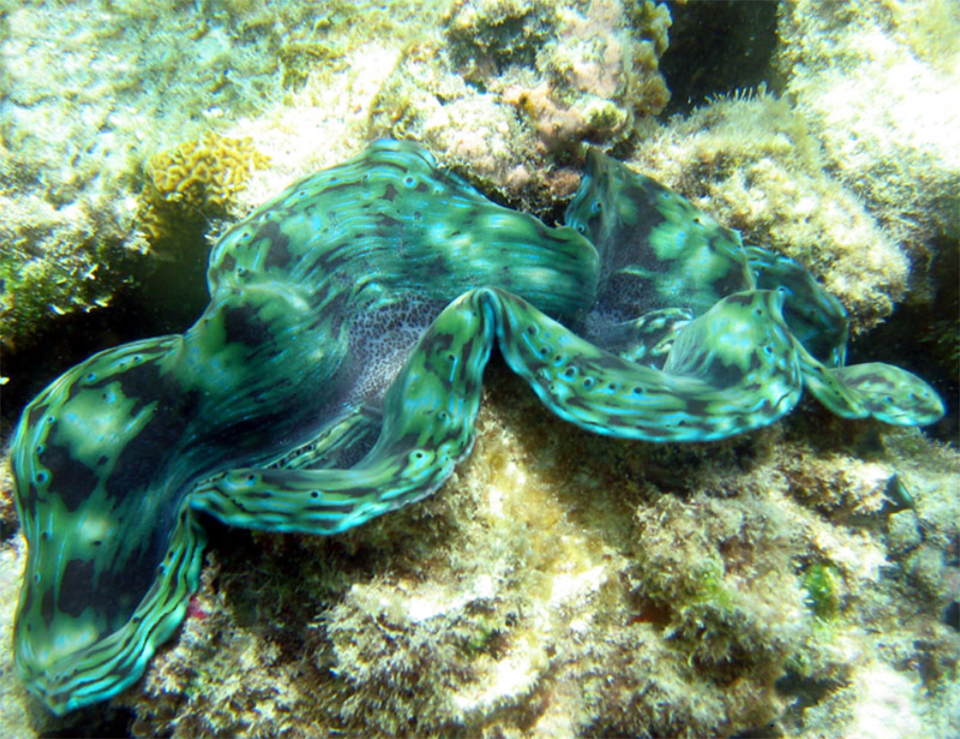
Responsibility
A global overview of restorative shellfish mariculture
A review of restorative shellfish mariculture case studies around the world to identify emergent patterns across species and ecoregions.
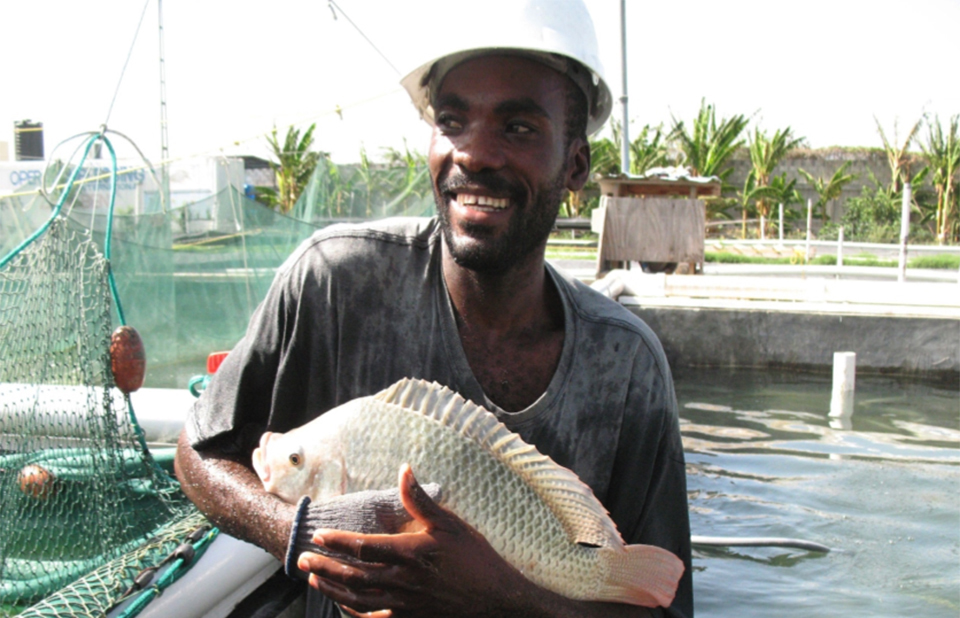
Responsibility
Haiti’s hatchery of hope
Built on a dream of feeding some of the world’s poorest and most vulnerable people, a charity-built tilapia hatchery in Haiti now learns to stand on its own.
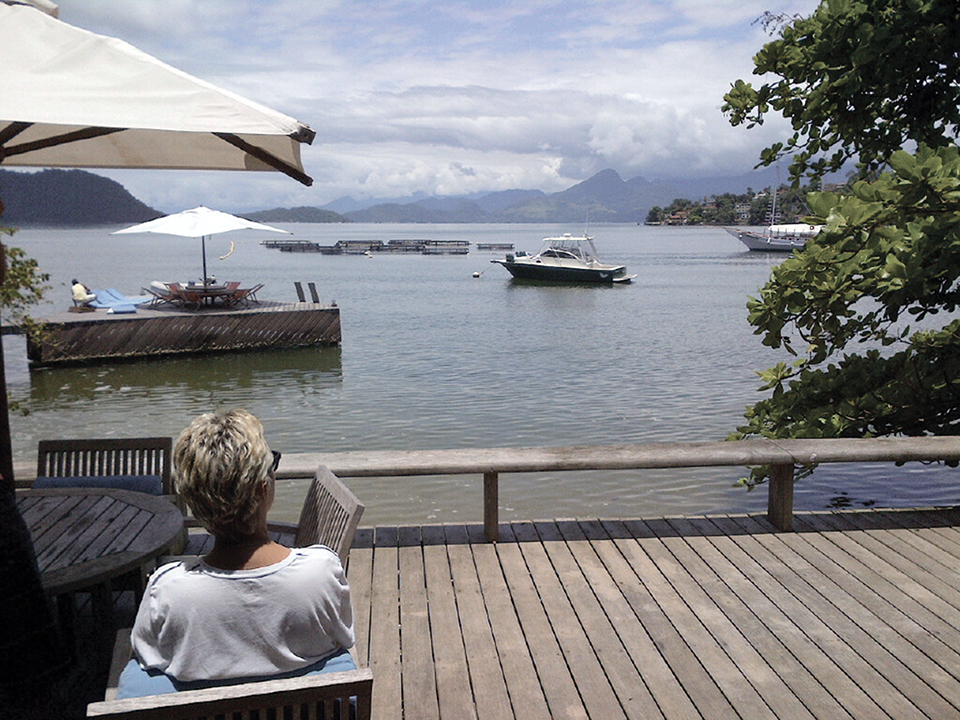
Innovation & Investment
Boutique fish farms in Brazil
In combination with the availability of coastal areas with favorable environmental and labor conditions, Brazil’s affluent market for seafood could support expansion of a niche aquaculture sector: boutique farming.
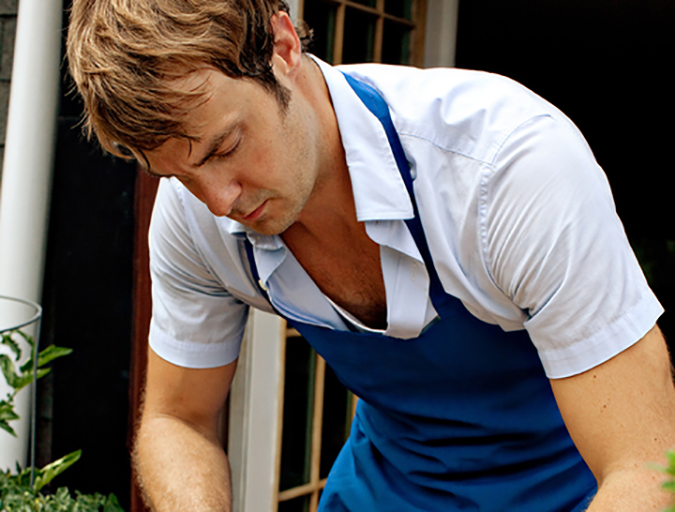
Intelligence
Off the Knife with Barton Seaver
In the second Off the Knife interview with chefs and foodservice professionals, Barton Seaver tells the Advocate that while restaurant employees shouldn’t have to recite sustainability science at tables, they can personalize their knowledge and effectively communicate the method behind the menu.


